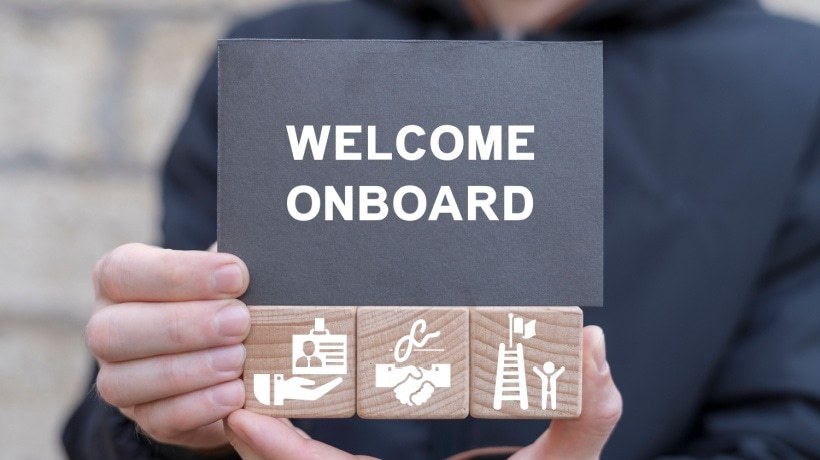eLearning Strategies For Effective Employee Pre-Boarding
Employee pre-boarding is that useful step that begins before new hires even enter the doors of your company. It helps them get over the company learning curve, is vital for helping new hires feel welcomed to your company, and helps speed up performance optimization. Get your pre-boarding plan in place with a digital package –including key materials ready for your new hires once they accept– by implementing a few strategies.
First Day At Work
The first day of work can be exciting, but simultaneously unnerving for new employees. Many new hires try to figure out what the company is really all about. The first day of a new job often entails reading and filling out several documents, and may require new employees to figure out what to do on their own.
However, it's important to balance getting what the job entails versus doing the job during the first week for employee retention. This makes the first week beneficial for everyone.
Related: Pre-boarding employees: How to boost new hires’ confidence, speed, and competence
What To Include In Welcome Materials

Get your new hires in gear by serving up curated pre-boarding materials to their inboxes one week (or so) in advance of their start dates. It'll help boost their confidence while building momentum to start their new jobs.
You can include a variety of materials taken from in-house stories or stories found on the company website. Place them in a stylized digital package so new hires can do a variety of activities, including:
- Get information on what the team and the company does.
- Meet team members via their bios and video content.
- Ask questions directly to their manager or team members.
- Download a "first day" or "first week" plan.
- Sign up for in-house communication channels, such as Slack, to communicate before the job starts.
- Get an understanding of the company's customer base for customer-facing roles.
4 Key Tips To Make Employee Pre-Boarding Work
- Consider the tone.
Instead of going for a formal tone of voice in your pre-boarding materials, go for a friendly tone that also provides clear information. - People matter.
Paint a "human" picture in your company and connect via conversation. Use a helpful or friendly face and share real stories from employees on the team that provide their experience of what work is like. This will help new hires feel more connected before the first day even starts. - Personalization matters.
Don't let generic pre-boarding content kill the welcoming vibe. Use targeted content that uses the new hire's work location or team, and provide enough space for them to make comments and ask questions. You can view what information they've shared in your Analytics feed of your authoring tool. - Offer clarity.
Help new employees accelerate to their required performance level by setting expectations surrounding their roles. Be clear on what they can expect on day one or the first week. You can even help them be a part of the process by allowing them to ask questions, comment and/or read material before the start of week one.
Final Thoughts
Pre-boarding is vital to get the first day of work off with a bang. You can even hook in the right talent by offering pre-hires key information on company culture and benefits to find the right fit before hiring and pre-boarding.
You can get started by checking out Elucidat's Masterclass on writing engaging digital copy.








